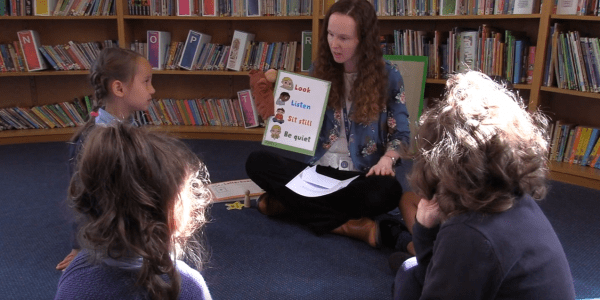In the most recent year (2020-21), average private school fees were about £13,600. That is £6,500, or over 90%, higher than total state school spending per pupil in England in the same year (£7,100).
This gap has more than doubled over the last decade and compares with a gap of £3,100, or 39%, in 2009-10 (£11,100 for private school fees compared with £8,000 spending per student in state schools).
Private school fees have grown by more than 20% after inflation since 2009-10. At the same time, core or day-to-day state school spending per pupil in England fell by 9% in real-terms, or by 14% if we include the effects of cuts to capital spending.
Figures for private school fees are shown net of bursaries and discounts, and exclude the cost of accommodation and boarding. Figures for state schools relate to both day-to-day and capital spending in England. All figures are in 2021-22 prices.
This analysis was funded by the Nuffield Foundation and forms part of a larger programme of work examining trends and challenges in education spending across different phases.
Luke Sibieta, IFS Research Fellow and author said: “Over the last decade, the gap in spending per student between private and state schools has more than doubled from a gap (after adjusting for inflation) of £3,100 in in 2009-10 to £6,500 in 2020-21. Indeed, private school fees are now over 90% higher than average spending per student in state schools in England. Fees in private sixth forms are about three times higher than per student funding in state sixth forms. Whilst day-to-day state school spending per student has fallen by 9% in real-terms over the last decade, private school fees have gone up by 20%. At the same time, numbers of pupils in private school fees have remained pretty much constant. Longstanding concerns about inequalities between private and state school pupils, which have come into sharp focus during the pandemic, will not begin to be easily addressed while the sectors enjoy such different levels of resourcing.”



















































